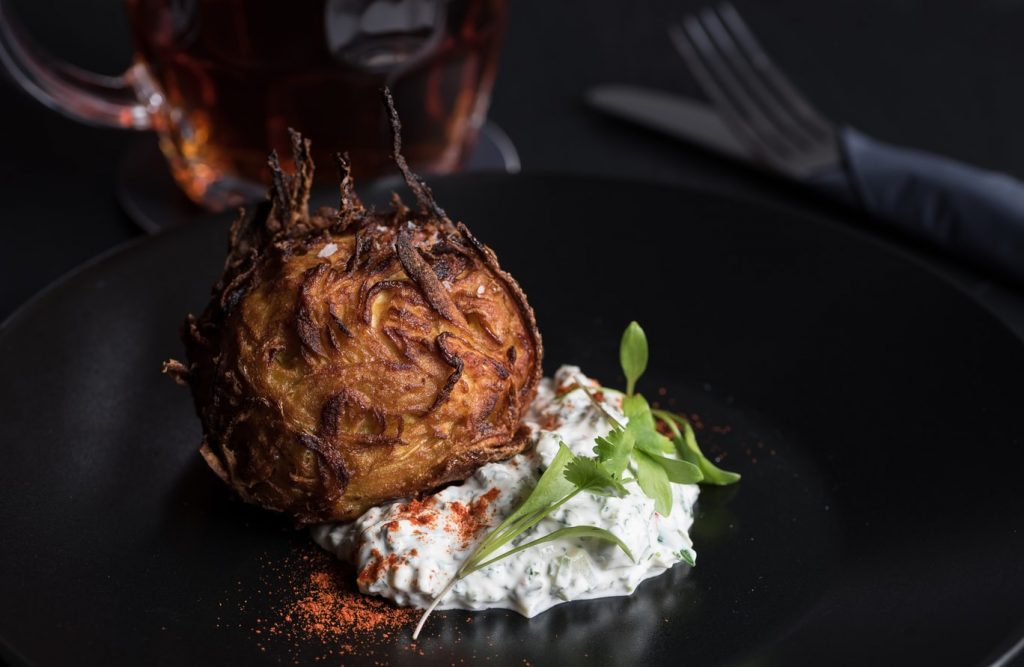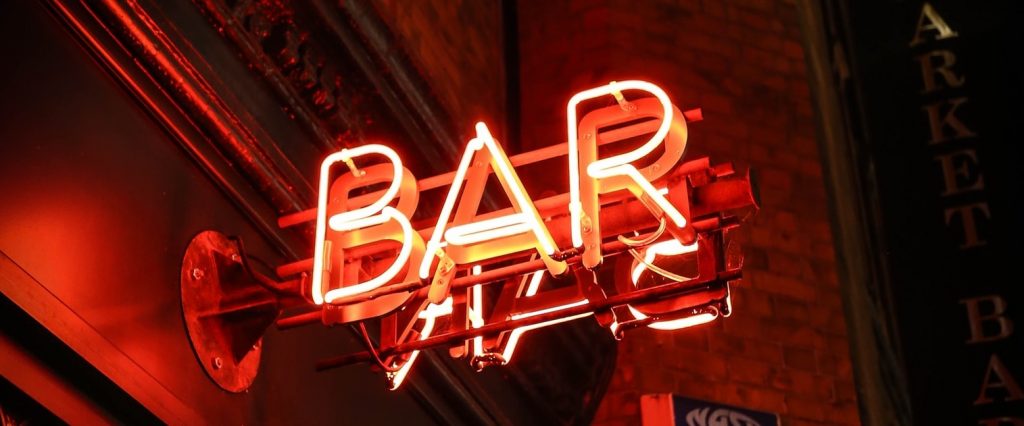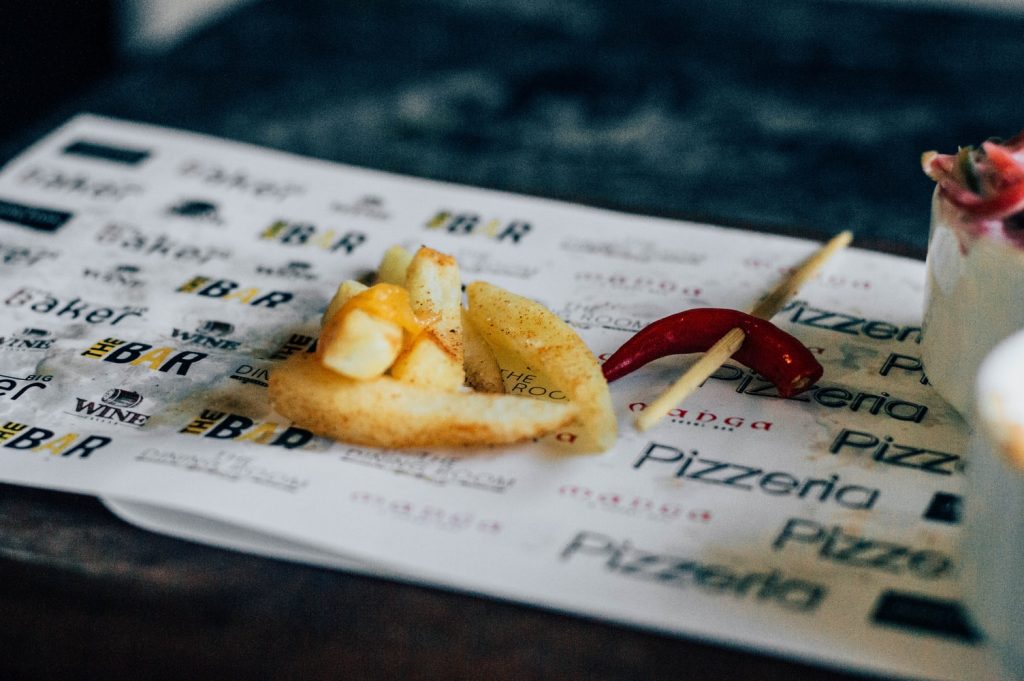Designing an Excellent Bar Snacks Menu
There’re many reason as to why you might want a bar snacks menu: you want to entice a largely “drink only” crowd into increasing their check sizes, you want to vary your offerings to appeal to more people, you have a break between services in which only your bar stays open and you still want to offer something edible so as not to disappoint guests; whatever the reasons be profitability and enjoyability are key factors for its success. So how do you achieve those goals?
Drinks and Food Pairings
This isn’t telling you to pair every item on this new menu with a drink; no, that would be a little ridiculous for a snacks menu. Instead, look at which drinks you’re selling the most at your bar and create snack which pair well with that. If you sell a lot of craft beer, or beer in general, then you’re going to want salty snacks which pair well with beer. If the top selling beverages on your list are wines then you’re going to want lighter items which can pair well with wine and not overwhelm its more delicate flavors. The better food and wines pair together the more your guest will enjoy it and the more they’ll order and the more they drink.
Your Environment and Crowd
If you’re a craft beer or sports bar you’re not going to want to offer a charcuterie board, and if you’re a wine bar your not going to offer fries. Play to your environment and your bar crowd and you’ll find your bar snacks menu winning every time.
Shareable
Bar snacks should be sharable and the size of them, although they are snacks, will determine how many people are likely to be sharing them. Is your bar more often populated by couple, individuals, larger groups or a wide mix of the above? Having something everyone can get a bite of is crucial, but remember, they’re snacks, so don’t dream them too large. Ideally they should be smaller than your appetizers.
Get Creative!
Unless your bar snacks menu is serve to fill the lack of food service during your lunch and dinner seatings your bar snacks should not duplicate the items on your main menu. This might seem tempting to do so you can make it easy for your kitchen but some customers will not be impressed by this. On the other hand, other customers might plead your bar staff to get you to offer bar snack sizes of some menu items. Don’t give in to these last folks. They’re more likely to just order the full sized item and still be happy about it.

Building the Items
When initially building these items use the raw materials you already have on hand in the kitchen. This will make it easier for you to manage the costs as well as helping you keep costs to a minimum because, if your bar menu doesn’t take off, then you’re not ordering in new product to just record on your wastage log. Once your bar menu is a popular staple then you can think about ordering in new product to design new snacks.
Price Range
Whilst we have to ensure profitability don’t price gouge customers with your bar snack menu. If you can’t make it work at a price which suits your bar snack menu then maybe it shouldn’t be on there. Also ensure that the prices on this menu are aligned with the prices on your main menu i.e. below them. You may have a bar snack or two which is the same price as an appetizer however there should be a gap between these prices as this will entice customers one way or the other. If they’re too similar you’ll find that you don’t sell too many bar snacks because people with either be priced out of them or just order appetizers, where they think they’re getting more for their money.

Bar snacks don’t suit every location or style of establishment however may of us can benefit from having something small to offer our “just drinking” guests. Many guests don’t want to order any food, convincing themselves that they’re not hungry, however a small bar snacks menu has a strikingly different appearance to a regular menu. It’s size and small amount of offerings, offered in small portions, can really help sell these items. Increasing guest check averages at your bar, be it only by a little bit, and, in turn, increasing the amount of money flowing through your business.



